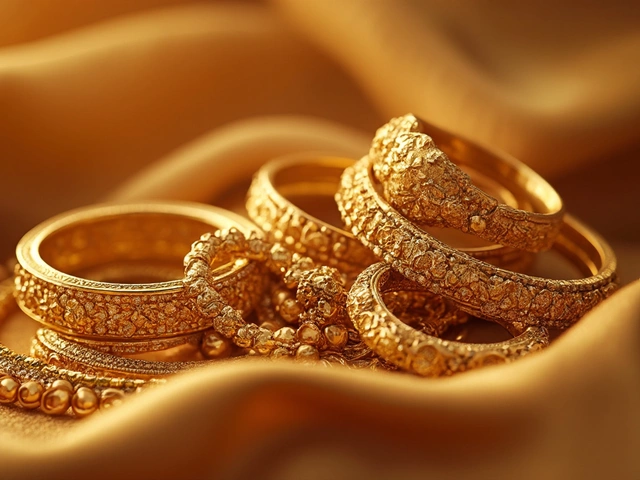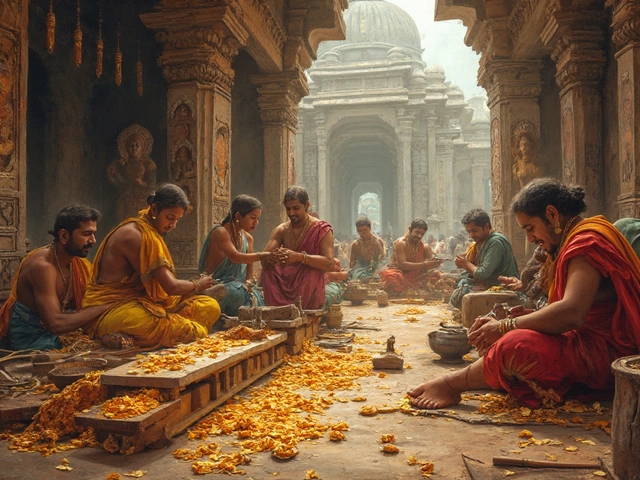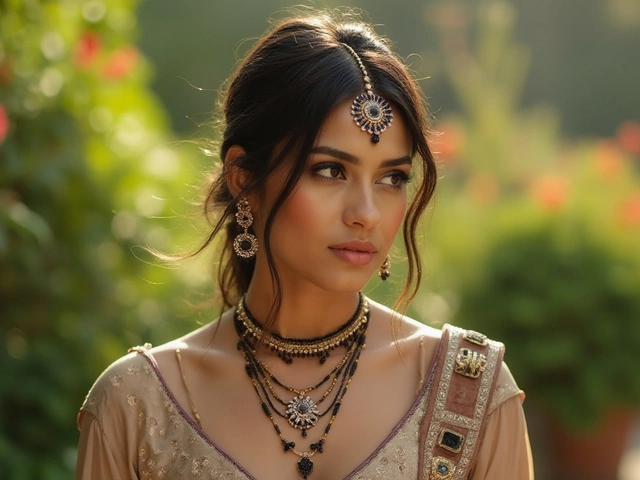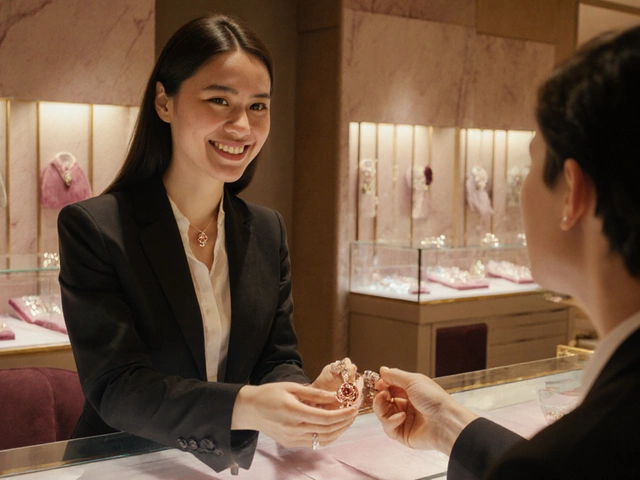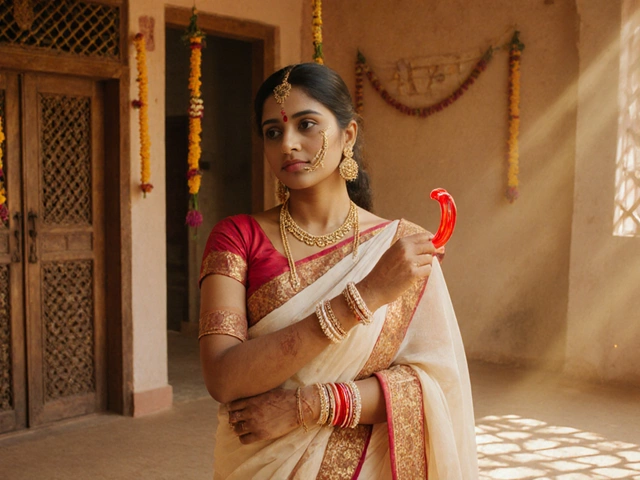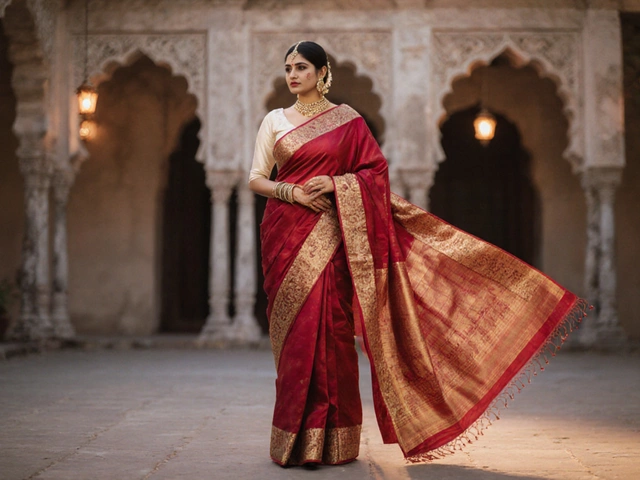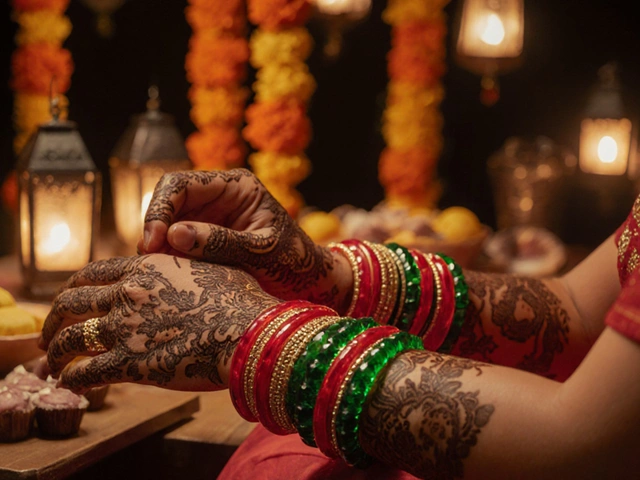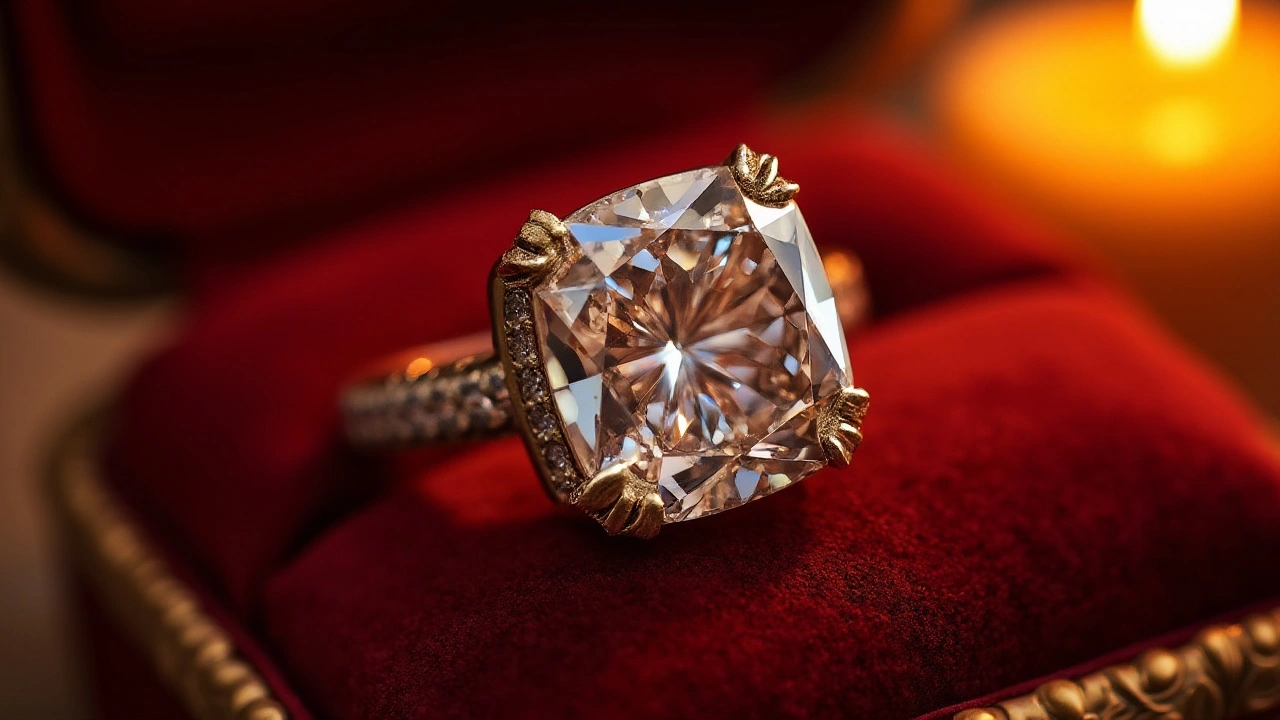
When delving into the world of antique jewelry, one cannot help but be captivated by the enduring elegance of the cushion cut diamond. This classic cut, sometimes referred to as the 'pillow cut,' has a rich history that has transcended centuries, maintaining its appeal among jewelry aficionados and designers alike.
Originally gaining prominence in the 18th century, the cushion cut was synonymous with opulence and sophistication. Its gently rounded corners and larger facets were specifically crafted to optimize the play of light, granting the diamond its remarkable brilliance and fire.
Today, as the allure of bygone eras continues to inspire contemporary jewelry designs, the cushion cut remains a top contender for those seeking a piece that combines history, style, and unparalleled beauty. Whether you're a seasoned collector or a first-time buyer, understanding the nuances of this cut can significantly enhance your appreciation and selection of an heirloom-worthy piece.
- The History and Origin of the Cushion Cut
- Characteristics That Define the Cushion Cut
- Famous Cushion Cut Diamonds in History
- Modern Popularity and Design Trends
- Tips for Choosing the Perfect Cushion Cut Diamond
The History and Origin of the Cushion Cut
The cushion cut diamond has a history that is as rich and intricate as the facets it possesses. First introduced during the 18th century, this cut quickly captivated the elite with its unique charm. Known initially as the 'old mine cut,' it was the predecessor to what we now refer to as the cushion cut. In an era where candlelight was the primary source of evening illumination, the larger facets of the cushion cut were designed to reflect light in a play of dazzling brilliance, perfectly complementing the subdued glow of the time. The stones were primarily sourced from Brazil, which at that time held a wealth of diamond mines.
As the years progressed, the cushion cut evolved from this old mine cut, receiving its modern name in the early 20th century. The design underwent refinements to enhance its brilliance and light performance further. Around the late 19th century, the focus was shifted to maximizing the diamond's sparkle, a trait that stands out to this day. Unlike round brilliant cuts that dominate the contemporary market, the cushion cut retains its antique jewelry allure, serving as a bridge between historical romance and modern sophistication.
One key moment in the evolution of the cushion cut came with the development of new diamond cutting technologies. As the industrial revolution progressed, so too did the tools and techniques available to gem cutters. These advancements led to a more refined version of the cushion cut, featuring 58 facets—a number that became standard for many diamond cuts. The cushion cut was, therefore, at the forefront of innovation during a transformative period in jewelry history.
Resurgence in Popularity
The 21st century has witnessed a newfound appreciation for the antique jewelry designs like the cushion cut, driven by a collective nostalgia for the elegance of times gone by. Whether chosen for its vintage appeal or its uniquely romantic aesthetic, the cushion cut has become sought after by collectors and brides who yearn for something distinct from the conventional round brilliant. Celebrities such as Meghan Markle and Kim Kardashian have popularized the cushion cut, highlighting its timeless allure on a global stage. This resurgence is also reflective of a broader trend in consumer preferences towards items that convey history and personality."The cushion cut diamond is more than just a gem; it's a nod to the artisanship and innovation of the past," noted jewelry historian Dr. Lucy Thompson. "Its continued popularity attests to the enduring appeal of classic design interwoven with modern sophistication."
Reflecting on its long-standing history, the cushion cut demonstrates how certain designs can transcend time, appealing to human sensibilities across eras. Its legacy is not merely in its design but in what it represents—a celebration of history, elegance, and the remarkable artistry that past generations have bestowed upon us. As we continue to cherish this historic gem cut, it serves as a reminder of both where we have come from and what we can aspire to create in the future.
Characteristics That Define the Cushion Cut
The cushion cut diamond is an embodiment of vintage elegance, boasting a design that captures the essence of bygone eras. This cut, often likened to a pillow due to its softly rounded corners, melds the square cut's symmetry with the round cut's brilliance. One of the most distinct features of the cushion cut is its large facets. These play a crucial role in enhancing the diamond's fire, producing a dazzling array of colors when light is refracted. Unlike the modern brilliant cut diamonds, which prioritize sparkle, the cushion cut's facets are designed to emphasize depth and fire.
Originally honed as a modified version of the old mine cut, the cushion cut has undergone several evolutions since its inception in the 18th century. Back then, diamond cutters faced limited technological capabilities and worked solely with their imagination and talent to bring out a gem’s best features. Today, modern cushion cuts can vary significantly in terms of facet structure, sometimes offering more than 60 facets compared to its initial design which consisted of fewer. This modification allows for subtle variations in style, catering to diverse preferences among those who cherish antique jewelry.
The gentle curves of a cushion cut make it a popular choice for engagement rings, offering a romantic and classic appearance. The standard ratio for a cushion cut usually falls between 1.00 and 1.05 for a square cushion, while elongated cushions may have ratios up to 1.20. This variety provides consumers with the flexibility to choose between a more square or rectangular aesthetic. According to a leading gemologist's book, "Modern jewelry connoisseurs appreciate the cushion cut’s ability to blend traditional elegance with contemporary designs," emphasizing its timeless appeal.
When examining a cushion cut diamond, it's important to consider its brilliance, ensuring that the diamond is neither too deep nor too shallow, as either extreme can affect the stone's sparkle. The crafting of a cushion cut can rely heavily on the cutter's skill; an exquisite cut can make a lower clarity or color diamond appear more vibrant and stunning. Cushion cuts are especially forgiving with color, often masking color hues more effectively than other cuts. This natural capability makes them an excellent choice for diamonds with slightly lower color grades, offering more budget-friendly options without compromising on beauty.
The popularity of the cushion cut has been steadfast, particularly today as it sees a renaissance in modern design trends. Jewelers often set cushion cut diamonds in halo settings or pair them with antique metals like rose gold to highlight their vintage aura. Many famous diamonds throughout history sport the cushion cut, each contributing to its storied legacy and widening its appeal among collectors and enthusiasts alike. Such designs often symbolize a romantic connection to history, perfect for those who desire sophistication while echoing the styles of a glamorous past.
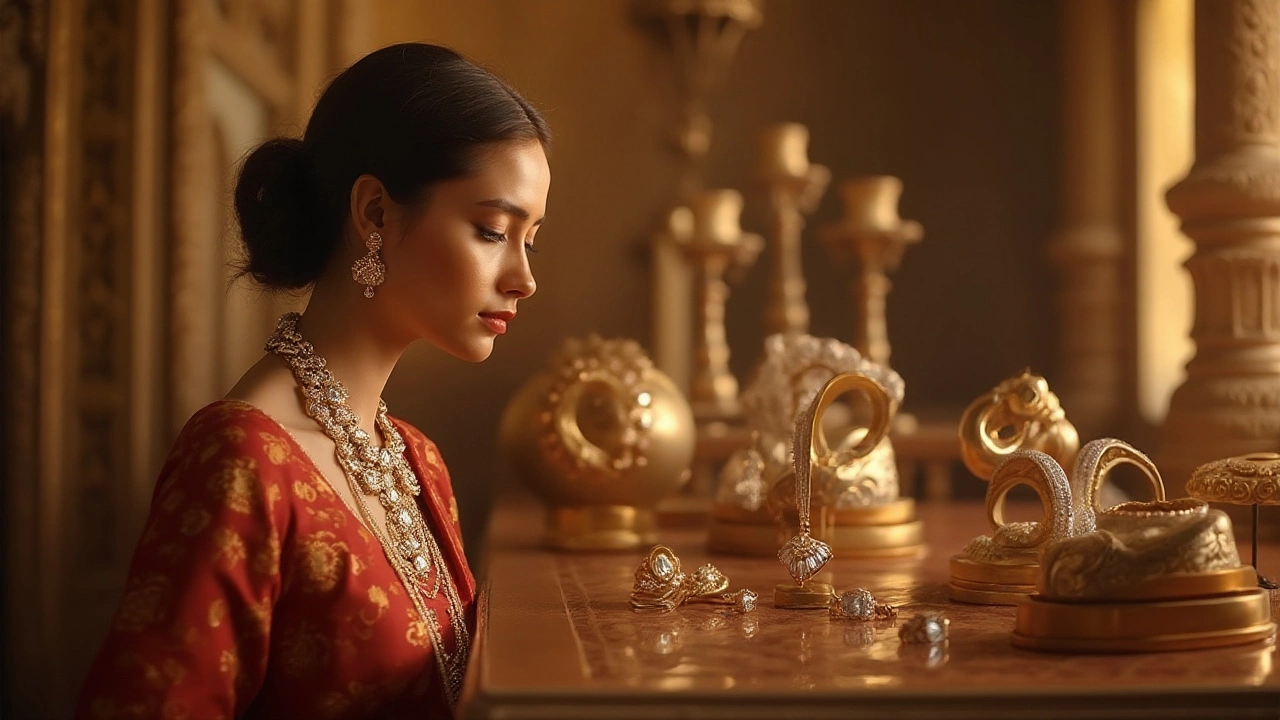
Famous Cushion Cut Diamonds in History
The world of gemstones has always been intertwined with historical events and illustrious personalities. Amongst these glittering stones, few have captured the imagination like the legendary cushion cut diamonds. One of the most renowned is the Hope Diamond, which weighs an impressive 45.52 carats. Known for its deep blue hue, this diamond has an air of mystery surrounding it, steeped in tales of curses and decadence. Tracing its origins back to the Kollur Mine in India, the Hope Diamond found its way through the hands of kings and jewelers, each adding a layer to its fascinating narrative.
Equally captivating is the Regent Diamond, which showcases a clear, cushion-cut elegance weighing 140.64 carats. Known initially as the Pitt Diamond, it was acquired in 1698 by Thomas Pitt, the Governor of Madras, and quickly gained fame for its breathtaking clarity. Eventually, this diamond graced the crowns of French royalty, becoming a symbol of opulence and power. Displayed in the Louvre Museum today, the Regent remains one of the most visually striking examples of a cushion cut diamond, stirring romantic visions of the elegance of 18th-century France.
Another that deserves mention is the Tiffany Yellow Diamond, a brilliant 128.54-carat gem that has dazzled many since it was discovered in South Africa's Kimberley Mine in 1877. Its radiant yellow glow and exquisite cut established it as a marvel of its time. Worn famously by Audrey Hepburn during the publicity events for the film 'Breakfast at Tiffany's,' the diamond's iconic status only grew, accentuated by its unique cushion cut facets. Its journey from mine to celebrity showcases its alluring appeal throughout history and highlights its indelible legacy in the world of antique jewelry designs.
"A diamond's origin story is often as captivating as the stone itself, connecting us to a lineage of beauty and craftsmanship that spans generations," stated jeweler Harry Winston, alluding to the timeless charm of these antique jewels.
While these stones capture widespread admiration, the fascination with cushion cut diamonds transcends mere physical beauty. Each gem is a historical artifact, embodying tales of intrigue, conflict, and celebration. Visitors to prestigious museums, auction houses, and private collectors often flock to see these treasures, striving to glimpse their impeccable craftsmanship and storied past. Some of these diamonds have been cut and repurposed over centuries, continuously finding new admirers and collectors enchanted by their captivating sparkle and antique allure.
Modern Popularity and Design Trends
In recent years, the cushion cut diamond has seen a remarkable resurgence in the world of antique and modern jewelry. Its blend of vintage charm and contemporary elegance has captivated those wishing to celebrate the past while embracing present-day aesthetics. As more couples gravitate towards engagement rings that carry a story, the cushion cut's unique appeal lies in its ability to balance historical beauty with modern flair.
Fashion trends often come full circle, and this is evident in the renewed interest in the cushion cut. Designers have become skilled at merging the traditional silhouette of the cushion cut with innovative settings and metalwork. Vintage-inspired designs often incorporate intricate halos, milgrain detailing, and colored gemstones to accentuate the diamond's natural radiance. Many aficionados appreciate the timeless nature of this cut, which offers a distinct look compared to more common modern shapes, making it a favorite among those seeking individuality in their jewelry.
Interestingly, the cushion cut's adaptability has largely contributed to its modern-day popularity. By recognizing its potential in both classic and contemporary settings, jewelers are able to appeal to diverse tastes across the globe. The shaping and faceting techniques have also evolved, allowing for variations like the 'brilliant cushion cut' which increases the diamond's sparkle by altering the arrangement of its facets. This enhancement adds a layer of modern sophistication while still preserving the charm that has defined the cushion cut for centuries.
Recent surveys suggest that nearly 25% of diamond shoppers showed a growing preference for antique or vintage-inspired cuts, with the cushion cut leading the charge. To further illustrate this trend, renowned jewelry houses often feature cushion cut diamonds prominently in their collections. Such is its demand, that it even captivates Hollywood, with many celebrities adorning red carpets wearing glittering cushion cut diamond pieces.
Today's connoisseurs are not just driven by design but are also conscientious about the origin and history behind their jewelry. The cushion cut's enduring mystique is complemented by its romantic legacy, often resulting in vibrant storytelling that resonates with new generations. In this way, the cushion cut diamond is more than just a cut; it represents a timeless connection to the past and a continual evolution within the realm of precious gemstones.
"The cushion cut is the perfect meld of grace and nostalgia, offering a quality of elegance that never fades," remarks renowned jeweler Michael Levin, emphasizing the cut's capacity to transcend time.
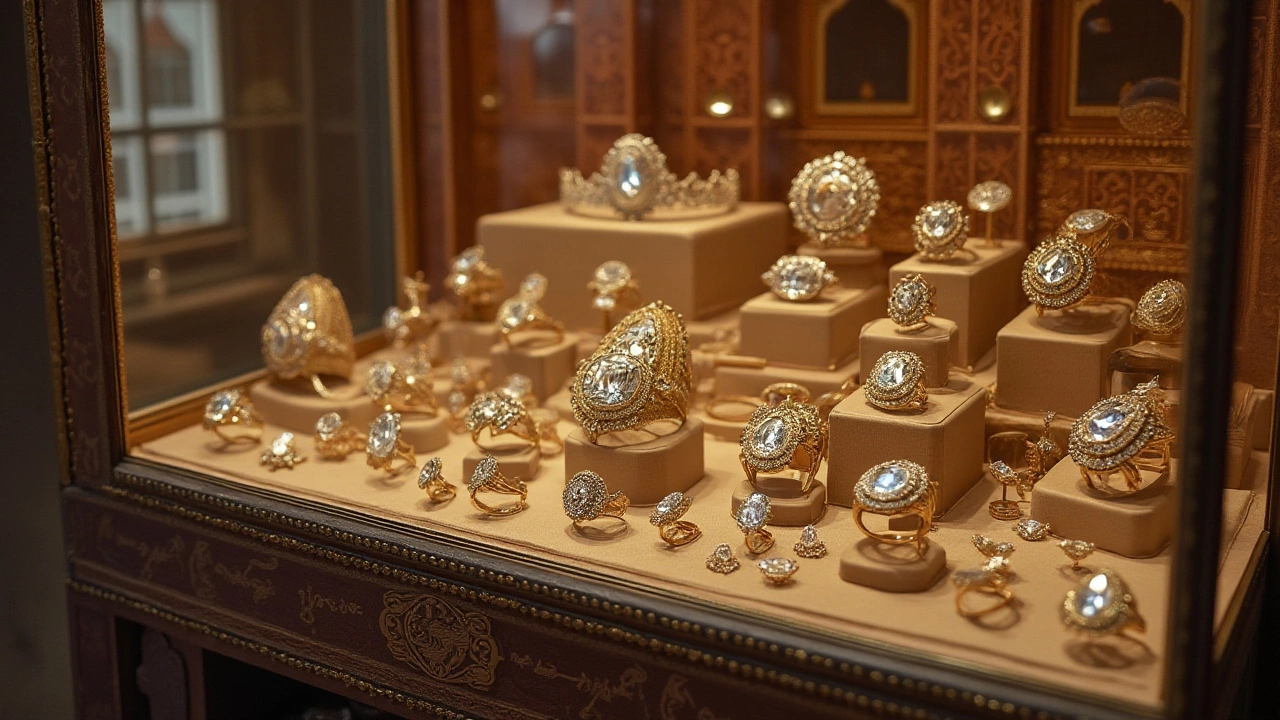
Tips for Choosing the Perfect Cushion Cut Diamond
Choosing the ideal cushion cut diamond is an exciting journey, presenting the opportunity to own a piece with a rich history and timeless charm. When embarking on this selection, there are several key factors that enthusiasts and collectors should consider. A major consideration is the cut quality, which significantly influences a diamond's luster and appearance. The facets of a cushion cut play a crucial role in its ability to capture and reflect light, creating its signature brilliance. It is essential to examine how well the light sparkles from within the diamond to ensure the gem maintains the magnificent allure that the antique jewelry is known for.
Color and clarity are other critical aspects to evaluate. While cushion cuts tend to conceal color better than some other shapes, it's important to decide how much warmth or color you prefer in your stone. Clarity, meanwhile, pertains to the presence (or absence) of imperfections. Being informed about these potential characteristics can help drive your decision. An interesting fact to note is that John Jacob, a noted gemologist, once stated,
"In the quest for elegance, the true hallmark is not just the beauty of the gem itself but the knowledge and attention invested in selecting it."
Size is another factor to weigh while purchasing a cushion cut diamond. Larger sizes tend to enhance the vintage allure that the cushion cut is famed for, but don't be swayed solely by carat weight. The balance between carat, cut, and the other elements of the diamond's quality will impact the final choice. One tip is to view the diamond mounted on a ring or pendant setting to better visualize how it would look as part of a piece of jewelry. Oftentimes, a slightly smaller diamond might appear larger depending on how the piece is crafted and set.
Consider your personal or intended style and preferences. Cushion cut diamonds come in both square and elongated shapes, each sidling its character to different tastes. The square cushion is a classic choice for those drawn to symmetric designs, while the elongated cushion may appeal to those seeking a more unique and contemporary silhouette. Knowing where your tastes lie will guide you through styles that vary from lavishly ornate settings to minimalist designs.
Finally, do not disregard the provenance and certification of the diamond. A certified diamond is crucial, providing assurance of quality and authenticity. Certificates from reputable agencies such as the Gemological Institute of America (GIA) or the American Gem Society (AGS) are vital for confirming the diamond's characteristics and value. This documentation aids not only in affirming the diamond's quality but can also increase future resale value, a crucial consideration for any jewelry design enthusiast mindful of their investment.

